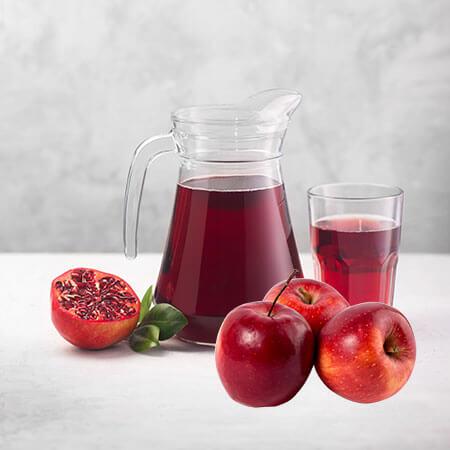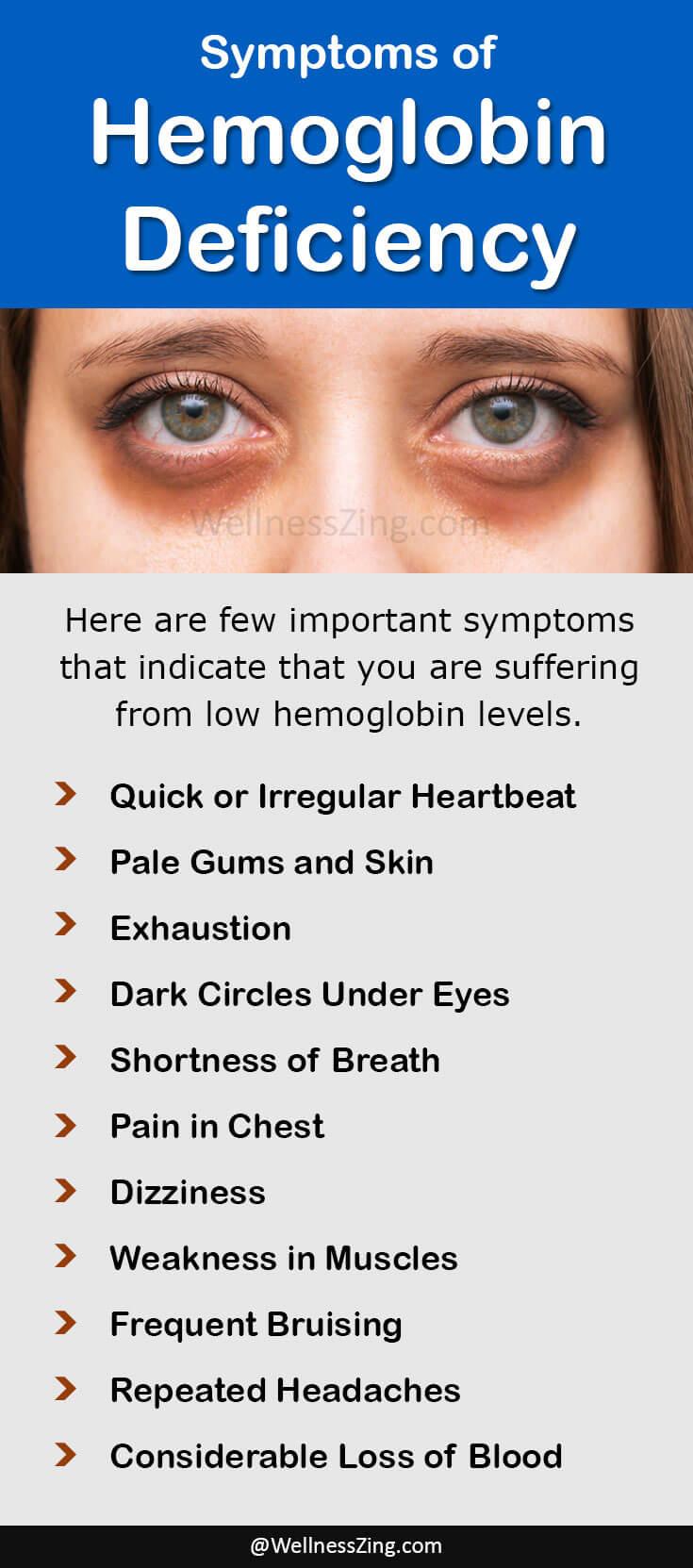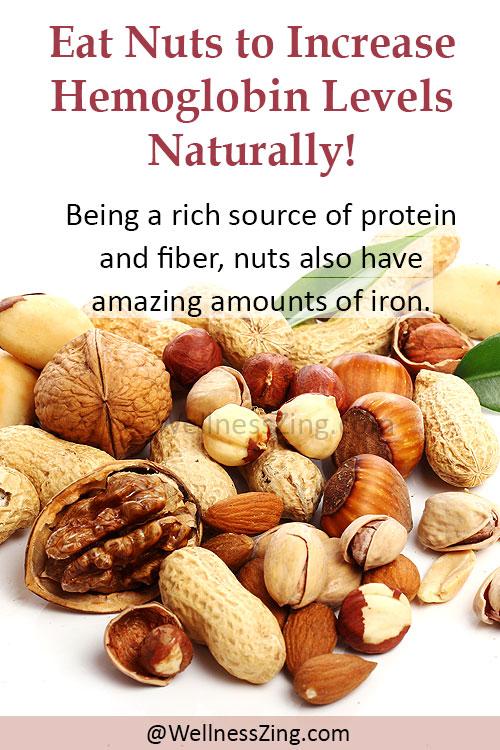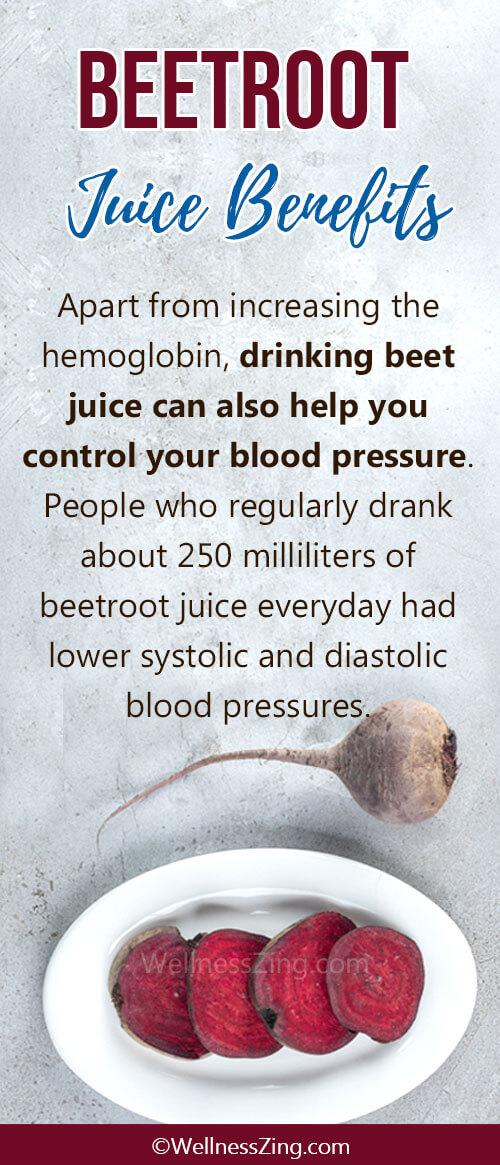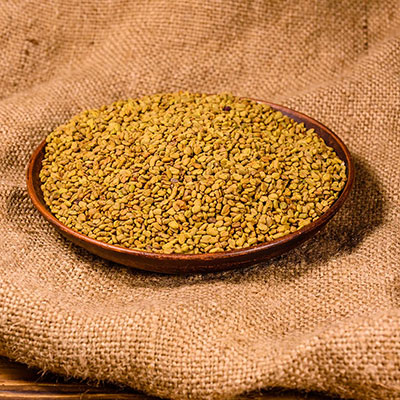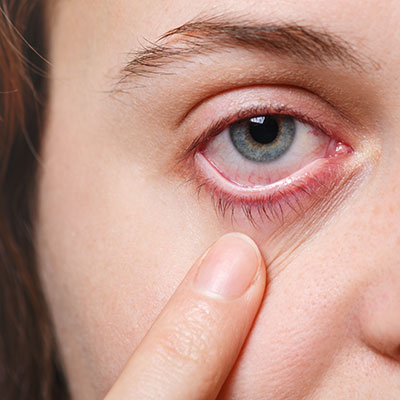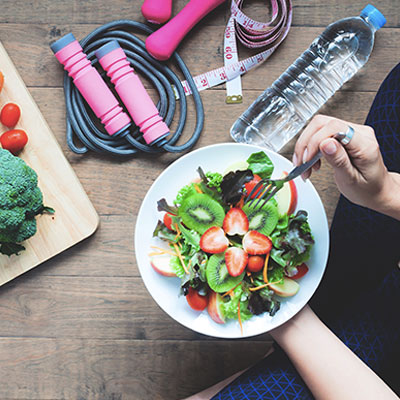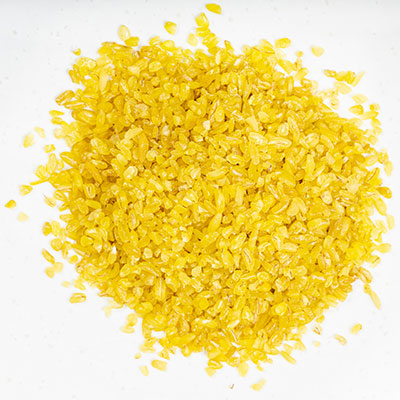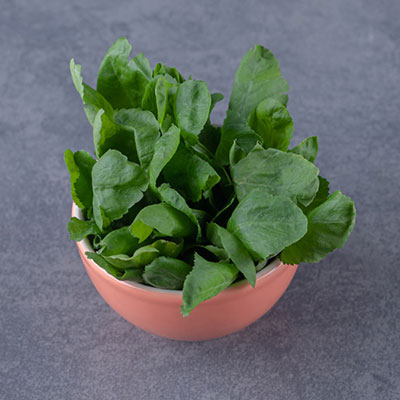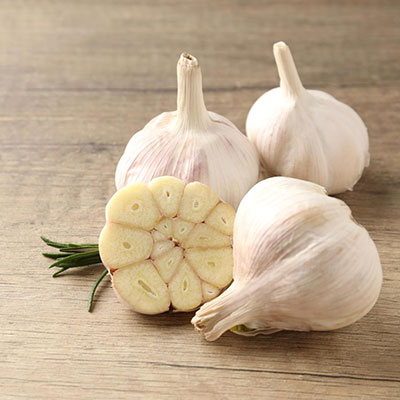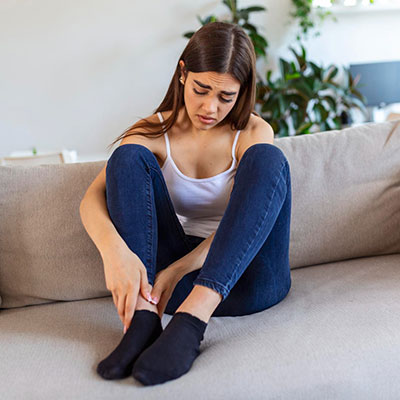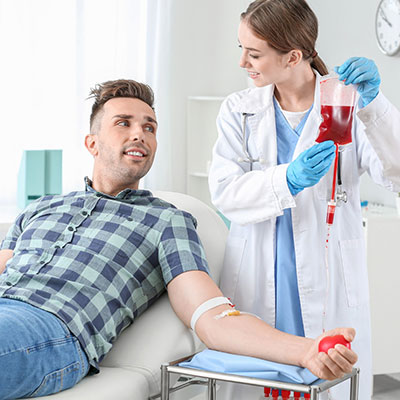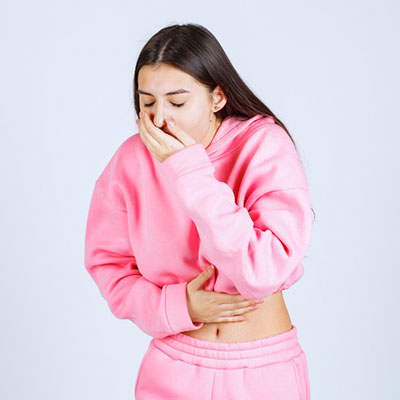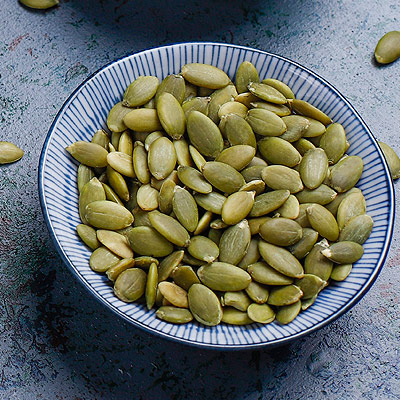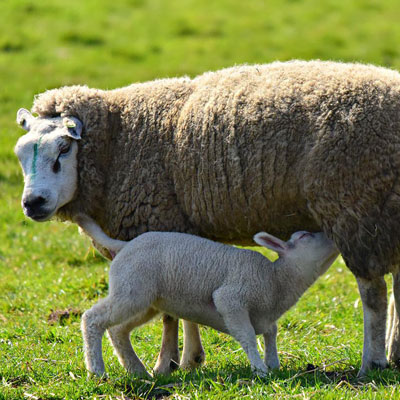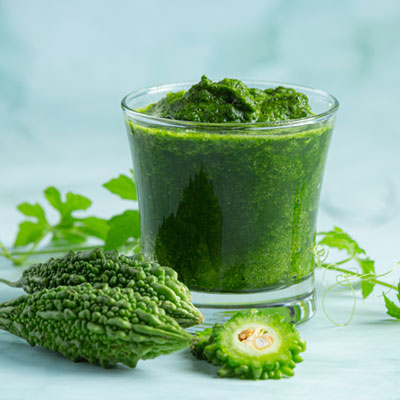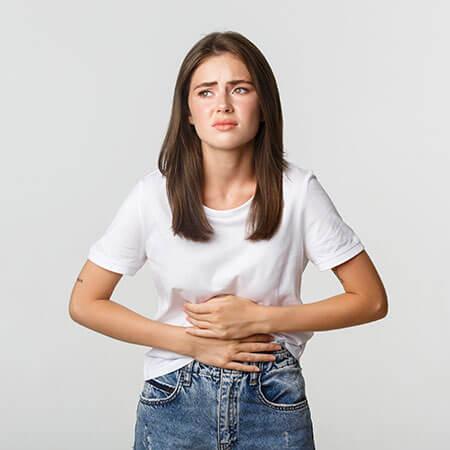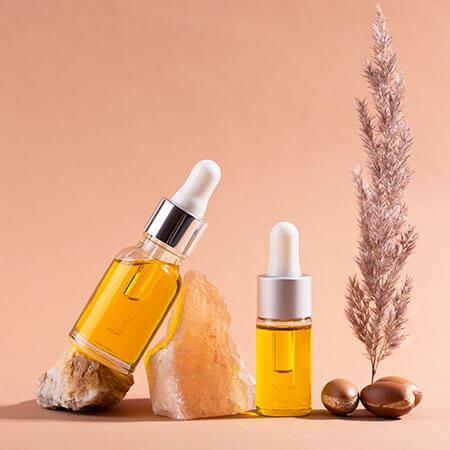Hemoglobin is a type of protein present in the red blood cells. It takes oxygen from the respiratory organs to other parts of the body. Pregnant women, and those who suffer from anemia, liver or kidney ailments generally have low hemoglobin levels. The deficiency of this protein can cause critical cardiovascular issues in the body.
Minor deficiencies can be treated naturally. Certain foods are rich in iron, vitamins B12, copper, vitamin B9, and vitamin C. They help encourage its production in the body. In this article, we will tell you natural ways to boost hemoglobin production in the body.
What Is Hemoglobin And Its Role In The Body?
Hemoglobin is a highly beneficial protein that performs the vital function of carrying oxygen to all parts of the body. It also assists cells to sustain the right levels in them. Furthermore, it also helps expel carbon dioxide out of the system. Both these functions are very important for the vital functioning of the body.
A low hemoglobin level can cause anemia, and other critical consequences in the body. Pregnancy, severe loss of blood, poor eating habits, and inefficient absorption of the nutrients required for its synthesis can also result in low levels of hemoglobin in the body.
What Are The Reasons For Low Hemoglobin Levels In The Body?
Certain conditions can lead to low hemoglobin levels. These are:
- Deficiency of iron or anemia
- Pregnancy
- Problems related to kidney or liver
- Chronic ailment
What Is The Normal Range Of Hemoglobin?
Learning the permissible levels of hemoglobin will help you know whether or not you have a deficiency of this iron molecule in the body. The normal value of hemoglobin is different for men and women. A doctor will prescribe you a blood test to check your hemoglobin levels.
- 13.5 to 17.5 grams per deciliter for males
- 12 to 15.5 grams per deciliter for females
- A low level of hemoglobin is detected when a man has below 13.5 g/dL of hemoglobin, or when a woman has below 12 g/dL in the bloodstream.
The normal range of hemoglobin for children can vary based on their age. It is best to talk to the doctor to learn about the right hemoglobin levels of your child.
Signs Of Hemoglobin Deficiency
People who suffer from low hemoglobin level will observe the following symptoms:
- a quick or irregular heartbeat
- pale gums and skin
- exhaustion
- dark circles under eyes
- shortness of breath,
- pain in chest
- dizziness
- weakness in muscles
- frequent bruising
- the repeated occurrence of headaches
- deficiency in vitamin B-12, iron, or folate
- considerable loss of blood
- type of cancers that impact the bone marrow
- liver disease
- hypothyroidism
- thalassemia
- sickle cell anemia
- kidney disease
Other reasons for low levels of hemoglobin are:
- lung ailment
- excessive smoking
- burns
- rigorous physical exercise
Foods That Increases Your Hemoglobin Levels Naturally
The deficiency of hemoglobin in the body can be treated by consuming iron-rich foods. It is important to consume a proper well-balanced diet to maintain the right levels of hemoglobin in the body. Form your diet by including more foods that boost the consumption of foods that increases the production of hemoglobin.
Red meat is considered to be the densest source of iron. Vegetarians and vegans need not disappoint as there are several foods rich in iron, that they can incorporate in daily diet to increase hemoglobin levels naturally.
Non-Vegetarian Iron Sources
1. Liver
The liver has the highest amounts of vitamin B12, folate and iron. Out of the livers of different animals, the liver of lamb has got the highest amount of these nutrients. 100 grams of it provides 85.4 mcg of vitamin B12, 400 mcg of folate, 10.4 mg of iron, and 14 mg of vitamin C. Liver of turkey, chicken and beef also provide plenty of iron.
2. Ground Beef
Fat-free grounded beef is another potent source of iron. 85 grams of it provides 2.4 mg of iron.
3. Chicken Breast
Chicken breast is also dense in iron. Per 100 grams of it provides 0.8 mg of iron.
4. Seafood
Seafoods are also an abundant source of iron and offer a considerable amount of vitamin B1 and iron to the body. Some of these are caviar, clam, and oyster. Out of them, clam has the maximum amount of iron in it. 100 grams of clam has 27 mg of iron, 98.5 mcg of vitamin B12, and 22.4 mg of vitamin C in it.
5. Eggs
One single medium-size egg gives you approx. six grams of protein, 21 mcg of folate, 0.57 mg of iron and 0.52 mcg of vitamin B12 to your body.
Vegetarian Iron Sources
1. Starches And Grains
Starches like wheat bran, oat bran and rice bran have excellent amounts of iron. People who are suffering from celiac disease need to avoid gluten-rich foods.
2. Legumes
Legume is a single term used for various types of foods such as soybeans, chickpeas and kidney beans. They are good sources of iron. 100 grams of soybeans provide 15.9 mg of iron, 372 mcg of folate, 5.8 mg of vitamin C.
3. Whole Grains
Whole grains are another significant source of iron. You should include barley, oatmeal, quinoa, etc. in your diet. Every 100 grams of whole grain provides approx. 2.5 mg of iron.
4. Nuts
Being a rich source of protein and fiber, nuts also have amazing amounts of iron. 30 grams or one serving of nuts have 3 mg of iron. Some of the best examples in nuts are almonds, peanuts, cashew nuts, peanuts, hazelnuts, pine nuts, walnuts etc. Add these healthy snacks in your diet to increase your hemoglobin levels naturally.
Fruits
Fruits are rich in Vitamin C that is vital for the absorption of iron and increase hemoglobin levels in the body. Fruits that have high amounts of Vitamin C are oranges, guavas, litchis, strawberries, prunes, apples, currants, watermelon, and lemons.
1. Strawberries
Strawberries not just provide iron but also help boost iron absorption. This makes it a good choice for people with low hemoglobin levels.
2. Prunes
Prune juice is loaded with iron, vitamin C, and fiber, which assist in the secretion of red blood cells in the body. Due to its rich nutritional composition, it enhances the hemoglobin levels in the body.
3. Apples
Apples do not just have plenty of iron, but also various beneficial nutrients that are found to boost the hemoglobin in the body.
4. Pomegranate
Another iron-rich source is pomegranate. It comprises of valuable nutrients such as calcium, iron, protein, carbs, dietary fiber, and various other beneficial minerals, and vitamins. Eating pomegranate daily treats low hemoglobin levels naturally.
5. Mulberries
Mulberry is a healthy and delicious food that is mostly advised for diabetes. It is also beneficial for people who suffer from low hemoglobin levels in the body. 100 grams of mulberries provide around 1.8 mg of iron.
6. Blackcurrants
Blackcurrants are also seen to increase the number of red blood cells in the body. 100 grams of blackcurrants contain around one to three milligrams of iron.
7. Watermelon
This is a hydrating and refreshing fruit that also manages to occupy the place in our list of the best iron-rich foods. Watermelons also help boost hemoglobin levels naturally. The high vitamin C in this fruit helps in quick and efficient absorption of iron in the body.
8. Dried Fruits
Specific dried fruits such as apricots, dates, and raisins offer 0.8 mg of iron per 100 grams. They also provide essential vitamins, and fibers to the body.
Vegetables
Several vegetables have plenty of iron. However, most of them don’t contain vitamin B12, and folate. So along with vegetables, you need to include sources of these nutrients in your diet.
1. Beetroot
Beetroot has high iron, folate, and vitamin C that boosts your hemoglobin. Apart from increasing the hemoglobin, drinking beet juice can also help you control your blood pressure. A study has shown that people who regularly drank about 250 milliliters of beetroot juice everyday had lower systolic and diastolic blood pressures.
2. Broccoli
100 grams of broccoli contains 2.7 mg of iron to the body. In addition to it, broccoli also provides several essential nutrients that include vitamins A, vitamin C and magnesium.
3. Potatoes
Potatoes have good amounts of vitamin C and iron that makes it a great hemoglobin-friendly vegetable.
4. Spinach
Spinach is one of the best options in vegetables that contain good amounts of iron and dietary foods in it. 100 grams of this green leafy veggie provides 3.5 to 4 mg of iron. This makes it a great inclusion in your daily diet to increase hemoglobin.
5. Tomatoes
100 grams of sun-dried tomatoes can provide 8.8 mg of iron. People who lack the right hemoglobin count must include it in their daily diet.
6. Brown Rice
It is good to choose brown rice over white rice for several reasons. One of them is that brown rice is an excellent food that has plenty of iron, carbs, and fiber. 100 grams of rice provides around 0.4 mg of iron.
7. Herbs
Herbs are considered to be the best alternative to enhance the hemoglobin levels in the body. Some of the iron-rich herbs are thyme, spearmint, cumin seeds, parsley, and nettle leaf. These herbs play an important role to enhance hemoglobin levels in the body. They have plenty of iron, vitamin C, vitamins B and various other vitamins that improve RBC count in the body.
8. Dark Chocolate
There is good news for all those who love chocolates. Dark chocolate also can boost hemoglobin levels naturally. 100 grams of chocolate contains 16 milligrams of iron. It is equivalent to 90 percent of daily dietary consumption. Make sure the dark chocolate you buy should contain 80% of cocoa in it.
9. Pumpkin Seeds
Pumpkin seeds are a potent source of iron for vegetarians. 100 grams of these seeds provide around 14 mg of iron. This is equivalent to a massive 83% of the daily dietary intake. Pumpkin seeds contain vital fatty acids that aid in the sound functioning of various organs in the body.
Other Methods To Increase Hemoglobin
1. Consume more folate
Folate is also called vitamin B9. It plays a vital role in the secretion of hemoglobin in the body. When you ingest folate, it synthesizes hemoglobin in the body. It is one of the components of hemoglobin that assists in transporting oxygen to different areas of the body. If a person fails to get an adequate amount of folate, then it halts RBC’s to mature in the body. This leads to low levels of hemoglobin in the body. Here are a few natural sources of folate such as –
- Beef
- Avocadoes
- Rice
- Spinach
- Lettucenuts
- Black-eyed peas
- Kidney beans
If you are not able to consume these foods, then you can even consume folate supplements. Make sure you check with the doctor on the dosage and duration of this supplement.
2. Maximize iron absorption
Eating iron-rich foods is not enough. You also need your body to process it properly. For this, you need the right amounts of vitamin A and vitamin C in the body. Both of them are powerful antioxidants that are required to ward off diseases from the body. Let us look at what you need to eat to ensure the right levels of these antioxidants/vitamins in the body.
3. Vitamin C foods
Foods that are rich in this vitamin are all juicy and citrus fruits such as lime, lemon, oranges, strawberries, Amla (Indian gooseberry), leafy greens that can boost the absorption of iron in the body.
4. Vitamin A foods
Vitamin A facilitates the processing and absorption of iron in the body. Some of the best vitamin A sources are:
- Fish
- Kale
- Liver
- Sweet potatoes
- Collards
- Beta-Carotene Foods
Eat more orange, yellow and red foods as they all are rich in beta-carotene. Some of the examples of these foods are:
- Carrots
- Mangoes
- Orange
- Strawberries
- Cherries
- Cantaloupes
- Consume Iron supplements
A doctor can prescribe iron supplements to those who have very low levels of hemoglobin. It will help increase the iron store level in the body. The dosage depends on the hemoglobin levels of the person. The impact of supplements can be seen with consistent use over a few weeks to months. These supplements can be easily obtained from online stores.
Risk Factors Linked To Hemoglobin
- More than a high dosage of hemoglobin can be dangerous. It should not cross beyond the admissible limit in the body. Excessive amounts of iron can lead to hemochromatosis, which can, in turn, cause liver ailment, constipation, vomiting, and nausea.
- Expecting mothers should not intake high amounts of iron (above 45 mg a day) as high levels of hemoglobin can be dangerous for the fetus’s health.
- Also, don’t try to self-diagnose and correct a low hemoglobin level without the administration of a medical professional. It is always advised to get yourself checked by the doctor. He will perform a thorough medical examination and prescribe you the treatment based on your health condition.
Frequently Asked Questions About Increasing Hemoglobin
Here are a few commonly asked questions related to hemoglobin levels in the body.
1. Why do I need to maintain the right levels of hemoglobin in the body?
As the deficiency of hemoglobin can lead to adverse effects in the body, it is necessary to include the right amount of iron, vitamins C, folate, and B12 in the diet. It will prevent ailments related to iron deficiency and keep you healthy.
2. What should be done if hemoglobin levels don’t increase with dietary changes and supplements?
People who have extremely low levels of hemoglobin may require additional treatment when supplements and changes in the diet don’t give the desired outcome. Your doctor may prescribe you blood transfusion and other medication to bring your hemoglobin levels to normal range.
3. Are iron-rich foods sufficient to increase my hemoglobin levels?
In addition to iron-rich foods, there are a few more nutrients that you need to incorporate in your daily diet. These are vitamins C, vitamin B12, and vitamin B9.
Conclusion
Maintaining the right levels of hemoglobin in the body is very important to promote better health. Certain foods and supplements can help boost hemoglobin production and restore it to normal levels. Talk to your doctor to find the best supplement and its permissible dosage.
If your hemoglobin levels remain low even after including the above foods, then you may require a blood transfusion. Based on the treatments used, it can require up to one year to bring hemoglobin levels to a healthy range.
If you liked this post, then do share it with your friends on social media. Also, you can write to us with any of your suggestions, comments, and queries. We will be happy to address them soon.
